1. Rosemary Kennedy – The Forgotten Kennedy Tragedy
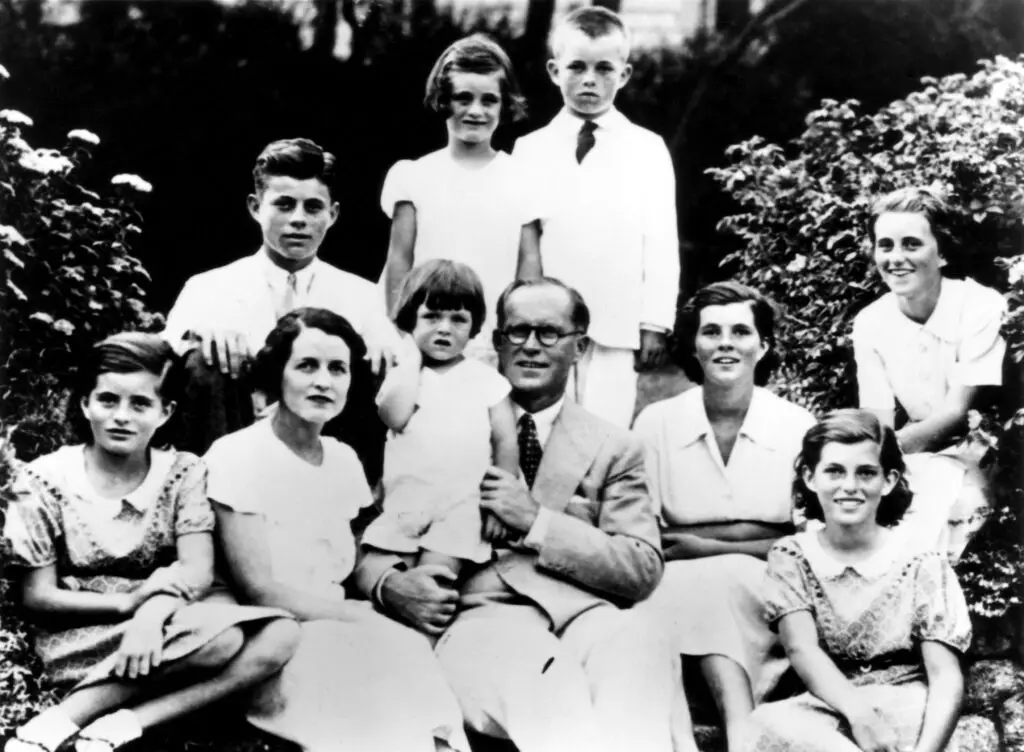
Rosemary Kennedy was the sister of President John F. Kennedy, but her life took a tragic turn when a lobotomy was performed on her at 23. Her father, Joseph Kennedy Sr., authorized the procedure in hopes of calming her mood swings and improving her behavior. Instead, the surgery left her with severe mental and physical impairments, reducing her ability to speak and walk properly. She spent the rest of her life in an institution, largely hidden from public view. The once-vibrant young woman who enjoyed dancing and socializing was left in a near-childlike state. Her family rarely spoke about her, and she was left out of the glamorous Kennedy legacy shares JFK Library.
It wasn’t until decades later that the truth about her condition was revealed. Many believe this tragedy pushed her siblings, including JFK and Robert Kennedy, to advocate for mental health reform. Rosemary’s story is one of the most well-known cases of lobotomy gone wrong, but sadly, she was far from alone adds the National Park Service.
2. Howard Dully – A Child Victim of the Procedure
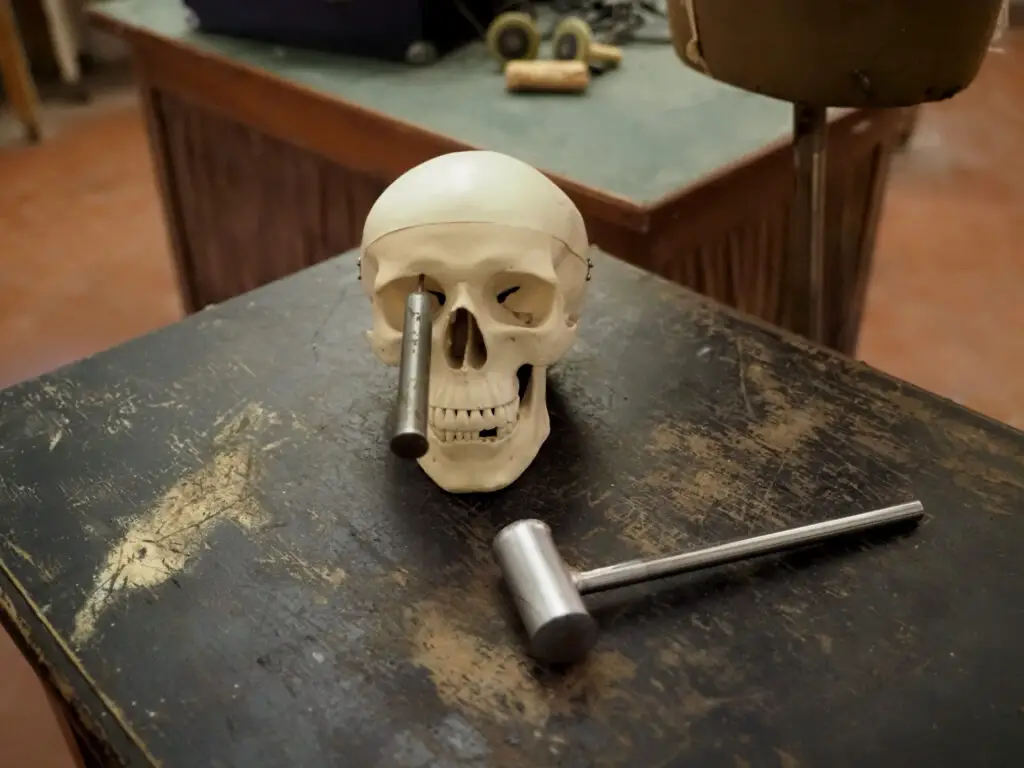
Howard Dully was only 12 years old when he was subjected to a transorbital lobotomy. His stepmother considered him difficult and sought medical intervention from Dr. Walter Freeman, the man behind many infamous lobotomies. Without any real medical justification, Freeman performed the procedure using an ice pick through Dully’s eye socket. The surgery left him with emotional and cognitive struggles that lasted a lifetime. Unlike many others, he eventually learned the truth about what happened to him and sought to understand it says NPR.
As an adult, he documented his journey in the book My Lobotomy, revealing the horrors he endured. He spent years in institutions, battling homelessness and addiction before reclaiming his life. His story exposed how easy it was for children to be subjected to such a devastating medical procedure shares PBS.
3. Rosemary Pilkington – Misdiagnosed and Mistreated

Rosemary Pilkington was a young woman with mild anxiety, but in the 1940s, that was enough to land her in a doctor’s office for a lobotomy. Her family, trusting medical professionals, believed it would help her live a normal life. Instead, she became withdrawn and lost much of her ability to function independently. She struggled to express emotions, and her once-bright personality faded. Her family later regretted the decision but could do nothing to reverse the damage.
She lived the rest of her life in a fog, unable to fully engage in conversations or relationships. Like many others, she was never given a chance to recover from her anxiety in a more humane way. Her case is a reminder that many people who underwent lobotomies weren’t mentally ill—they were just misunderstood.
4. Henry Molaison – The Man Who Lost His Memory
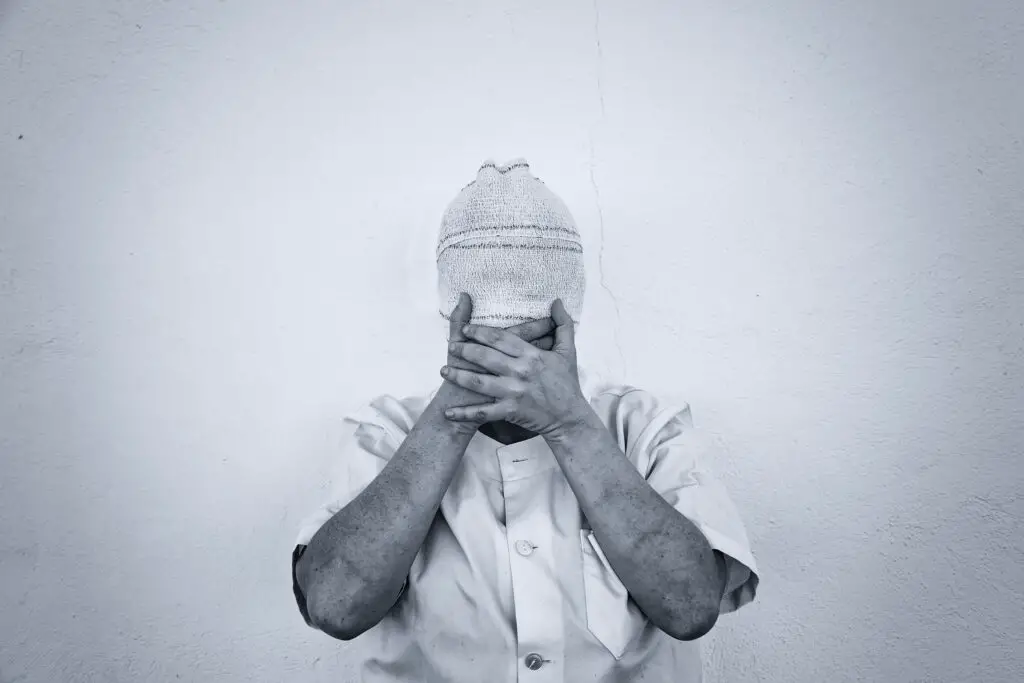
Henry Molaison, known as “Patient H.M.,” underwent brain surgery in 1953 to treat his severe epilepsy. While not a traditional lobotomy, the removal of parts of his hippocampus had a similar effect, leaving him unable to form new memories. He lived in a constant state of confusion, meeting people and forgetting them within minutes. His condition made him one of the most studied neurological patients in history. Scientists learned much about memory function from his case, but at a great cost to his personal life.
Despite his friendly nature, he could never recognize new friends or recall recent events. His experience showed how reckless brain surgeries could strip people of their identities. Though his case wasn’t meant to be destructive, it highlighted the irreversible consequences of altering the brain.
5. Alice Hood – A Woman Silenced

Alice Hood was a housewife struggling with depression when doctors recommended a lobotomy. Her husband, believing it was the best option, consented to the procedure without fully understanding the risks. The surgery left Alice emotionally numb, unable to express joy or sadness. She became disconnected from her family and lost interest in things she once loved. Her husband later admitted he regretted the decision, but by then, it was too late.
Alice lived for decades as a shell of her former self, trapped in a fog created by a misguided medical practice. Her story reflects the way women, in particular, were subjected to lobotomies simply for not fitting societal expectations. What she needed was understanding and proper mental health care, not a surgical procedure that stole her personality.
6. Donal Moniz – A Doctor Who Performed His Own Lobotomy

Dr. Donal Moniz was a Portuguese neurologist who played a key role in developing the lobotomy. Ironically, he later became a victim of his own creation. After suffering from paranoia and erratic behavior, his colleagues recommended the very procedure he had championed. Following the surgery, he became a shadow of his former self, struggling with basic cognitive functions. The man who once believed lobotomies were a miracle cure was now living proof of their dangers.
His downfall highlighted the reckless enthusiasm surrounding the procedure in the early 20th century. Many doctors had performed lobotomies with little understanding of their long-term effects. Moniz’s fate serves as a grim reminder that even the so-called experts weren’t immune to the horrors they unleashed.
7. Kenneth Briggs – A War Veteran’s Nightmare
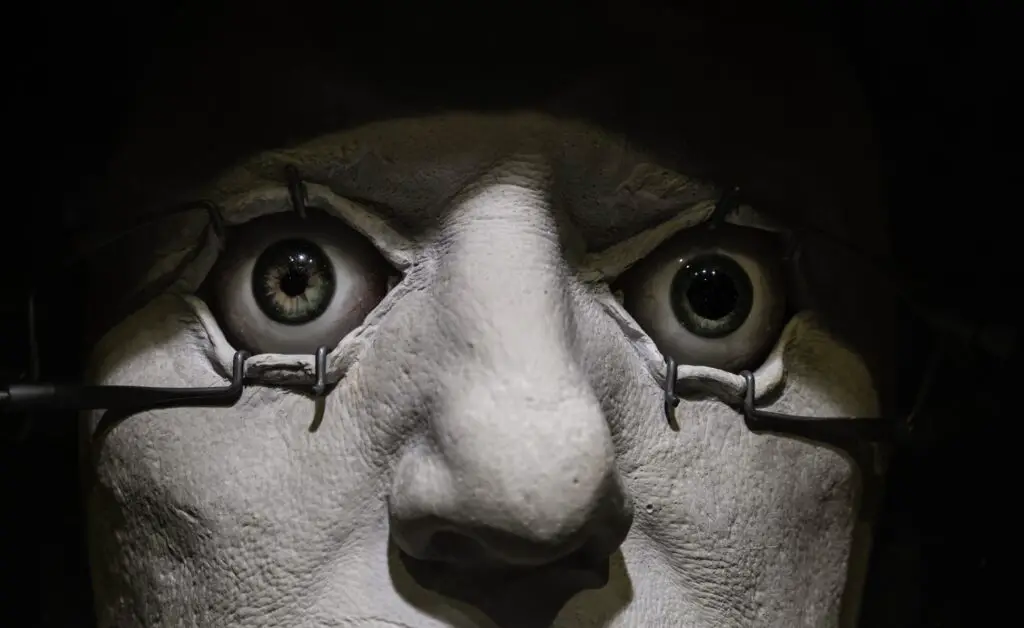
Kenneth Briggs was a World War II veteran struggling with PTSD when doctors suggested a lobotomy. He was desperate for relief and trusted the medical professionals who assured him it would help. Instead, the procedure robbed him of his ability to feel deeply or connect with others. He became emotionally flat, unable to experience love, excitement, or even sorrow. His family described him as a completely different person, distant and vacant.
Veterans like Briggs were often experimented on under the guise of medical treatment. What he needed was therapy and support, but he received a procedure that erased part of who he was. His story is a tragic example of how poorly mental health was handled for returning soldiers.
8. Mary Lou West – Institutionalized and Forgotten

Mary Lou West was a teenager placed in an asylum for being “rebellious.” Her parents, struggling to control her, agreed to a lobotomy without fully understanding what it entailed. The surgery left her docile, but at the cost of her independence and cognitive abilities. She spent decades in institutions, abandoned by the very people who were supposed to protect her. Her once-vibrant spirit was replaced with a dull emptiness that never lifted.
Her story is a heartbreaking example of how lobotomies were used as a tool of control rather than treatment. Many young women like her were subjected to the procedure simply for being difficult or outspoken. Instead of receiving guidance or support, they were permanently altered in ways they could never recover from.
9. Charles Freeman – The Doctor’s Own Son
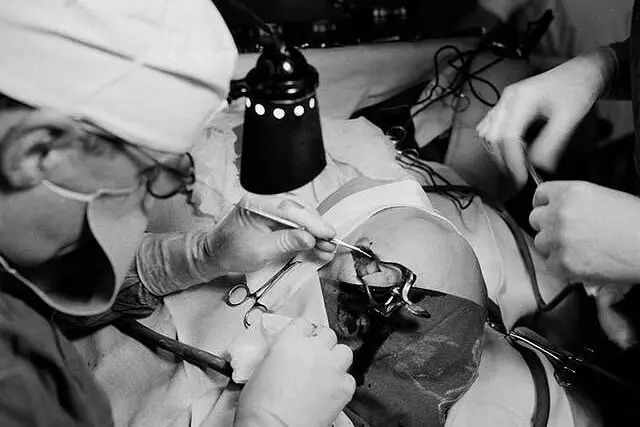
Dr. Walter Freeman performed thousands of lobotomies, but his own son, Charles, became one of his victims. Charles had struggled with depression, and Freeman, convinced of his method’s success, operated on him. The procedure left Charles with severe cognitive impairments, unable to live a normal life. Despite his father’s expertise, he suffered the same tragic fate as many of Freeman’s other patients.
Freeman’s obsession with lobotomies ultimately backfired in the worst way possible. His son’s case proved that even personal connections couldn’t guarantee success. It was a devastating irony that haunted Freeman for the rest of his life.
10. William O’Neill – A Promising Life Cut Short
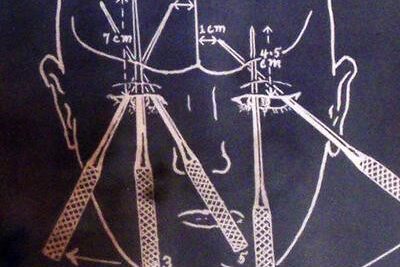
William O’Neill was a bright young man with dreams of becoming a writer, but his struggles with anxiety led his family to seek medical intervention. In the 1940s, lobotomies were often presented as a cure-all for mental distress, and doctors convinced his parents it was the best option. The procedure left William with permanent cognitive impairments, making it nearly impossible for him to focus or express himself. His once-sharp mind became dulled, and his passion for writing disappeared. Instead of relief, he faced a lifetime of frustration, unable to fulfill the dreams he once had.
His case was one of many where doctors misrepresented the risks and oversold the benefits. William spent the rest of his life dependent on others for basic tasks, a stark contrast to the ambitious young man he had been. His story serves as a heartbreaking reminder that what was supposed to be a treatment often ended up being a life sentence.
11. Janet Fowler – A Mother Taken from Her Family

Janet Fowler was a devoted mother of three who experienced postpartum depression after the birth of her youngest child. At a time when little was understood about maternal mental health, her doctor suggested a lobotomy as a solution. Her husband, desperate to help, consented to the procedure, unaware of the devastating consequences. After the surgery, Janet lost her ability to care for her children, struggling to complete even the simplest tasks. Her emotions were blunted, and the warmth she once had for her family was gone.
Her children grew up without the mother they had once known, left to wonder what their lives would have been like had she received proper care. Instead of therapy or support, she was given a procedure that stripped her of her identity. Her case represents the many women whose emotional struggles were misunderstood and met with permanent, unnecessary medical intervention.
